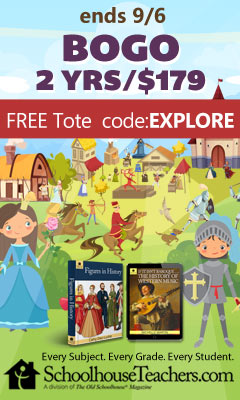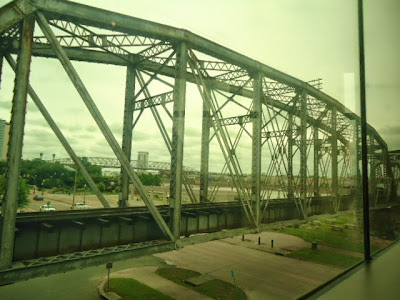This past February, we took the high schooler down to Dallas for three days of science adventures! In three (very long) days, he completed all of the required labs for both Biology and Chemistry! The teacher was amazing, and we're so glad to have completed them just before everything went sideways....
Science labs have always been a challenge for homeschooling families: supplies, specimens, equipment, writing lab reports, knowing how to perform labs, smelly frogs on the kitchen table, etc. Some families attempt to remedy those issues by getting together with other families and doing labs together - pooling resources or doing science labs in a homeschool co-op setting. But, that too is sometimes problematic and often doesn't end well. The newest challenge is not being able to do labs with other families or in a homeschool co-op setting because of COVID-19.
Meet Greg Landry
Homeschool dad and former college professor, Greg Landry, has been teaching science labs to homeschooled students for over 20 years. Labs are his passion! With a desire to make quality science labs with instruction available to homeschooled students at home, he developed interactive online science labs that students love! Using their mouse and keyboard, students perform the labs, step-by-step - all online - no equipment or supplies needed. Professor Landry's online labs also include videos on lab background information, recording experiment data, and writing good formal lab reports.
Why Homeschool Science Labs?
Many public and private high schools have switched to online labs and they have become the norm. Professor Landry developed labs that are interactive - they involve student participation - not just watching a video as many are.
Colleges want to see these ingredients in what they consider legitimate for a high school science class with a lab and Professor Landry's online labs meet and exceed these criteria:
- Student interaction in performing the lab experiment (online or in person)
- Writing a formal lab report for each lab performed
- Performing at least 6 labs with formal lab reports for a high school science course
Homeschool online science labs are for 6th - 12th grade students and cover these subjects:
- Biology (10 labs available)
- Chemistry (10 labs available)
- Physics (10 labs available)
- Anatomy & Physiology (10 labs available)
Do your kids like listening to podcasts or playaways? Check out these FREE printable homeschool science lessons with audio. Students love these multi-page infographics with audio and parents love them because the audio makes them a snap to teach. Get free, immediate access to all four of them!
Science labs have always been a challenge for homeschooling families: supplies, specimens, equipment, writing lab reports, knowing how to perform labs, smelly frogs on the kitchen table, etc. Some families attempt to remedy those issues by getting together with other families and doing labs together - pooling resources or doing science labs in a homeschool co-op setting. But, that too is sometimes problematic and often doesn't end well. The newest challenge is not being able to do labs with other families or in a homeschool co-op setting because of COVID-19.
Meet Greg Landry
Homeschool dad and former college professor, Greg Landry, has been teaching science labs to homeschooled students for over 20 years. Labs are his passion! With a desire to make quality science labs with instruction available to homeschooled students at home, he developed interactive online science labs that students love! Using their mouse and keyboard, students perform the labs, step-by-step - all online - no equipment or supplies needed. Professor Landry's online labs also include videos on lab background information, recording experiment data, and writing good formal lab reports.
Why Homeschool Science Labs?
Many public and private high schools have switched to online labs and they have become the norm. Professor Landry developed labs that are interactive - they involve student participation - not just watching a video as many are.
Colleges want to see these ingredients in what they consider legitimate for a high school science class with a lab and Professor Landry's online labs meet and exceed these criteria:
- Student interaction in performing the lab experiment (online or in person)
- Writing a formal lab report for each lab performed
- Performing at least 6 labs with formal lab reports for a high school science course
Homeschool online science labs are for 6th - 12th grade students and cover these subjects:
- Biology (10 labs available)
- Chemistry (10 labs available)
- Physics (10 labs available)
- Anatomy & Physiology (10 labs available)
Do your kids like listening to podcasts or playaways? Check out these FREE printable homeschool science lessons with audio. Students love these multi-page infographics with audio and parents love them because the audio makes them a snap to teach. Get free, immediate access to all four of them!






























































